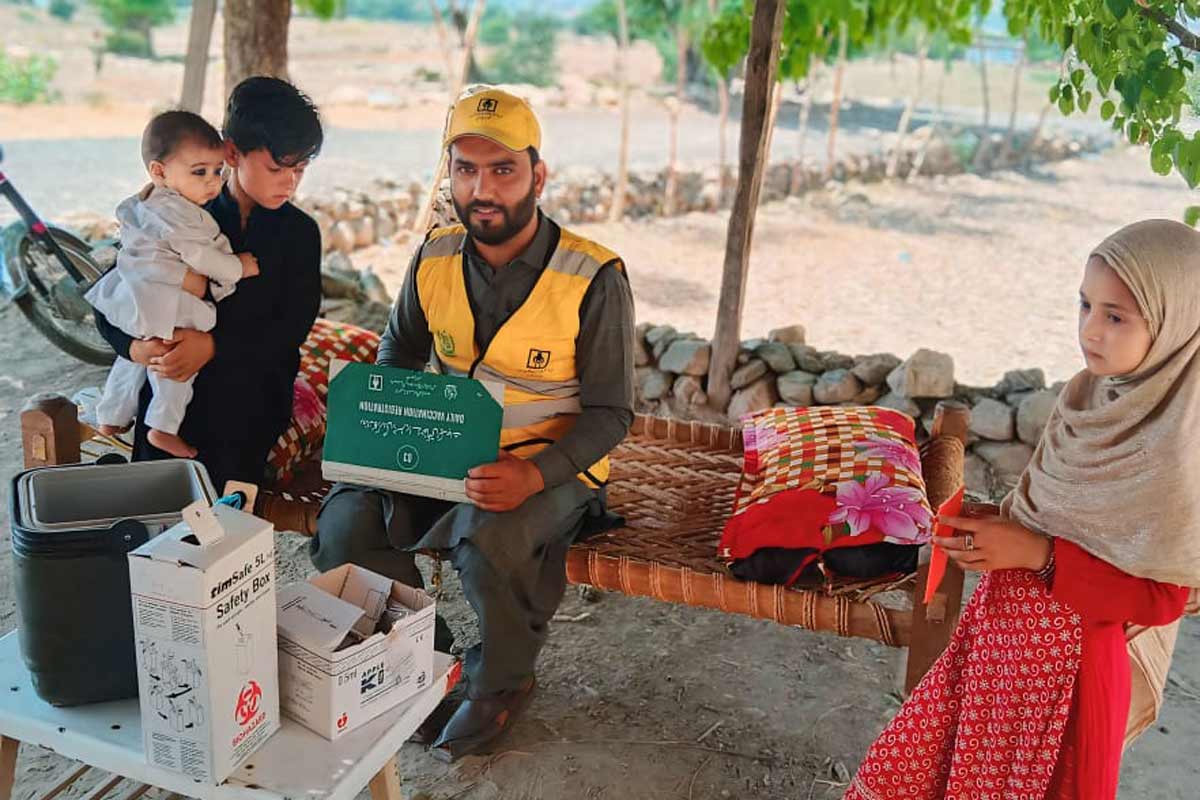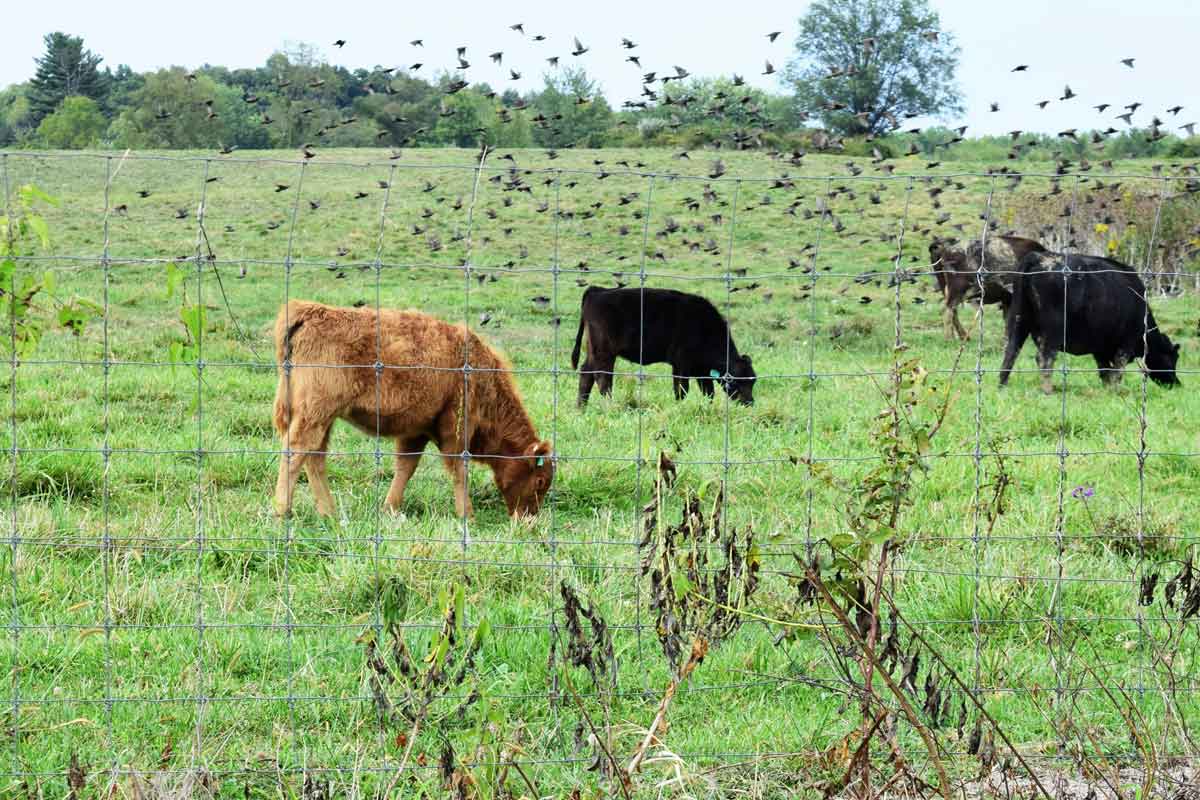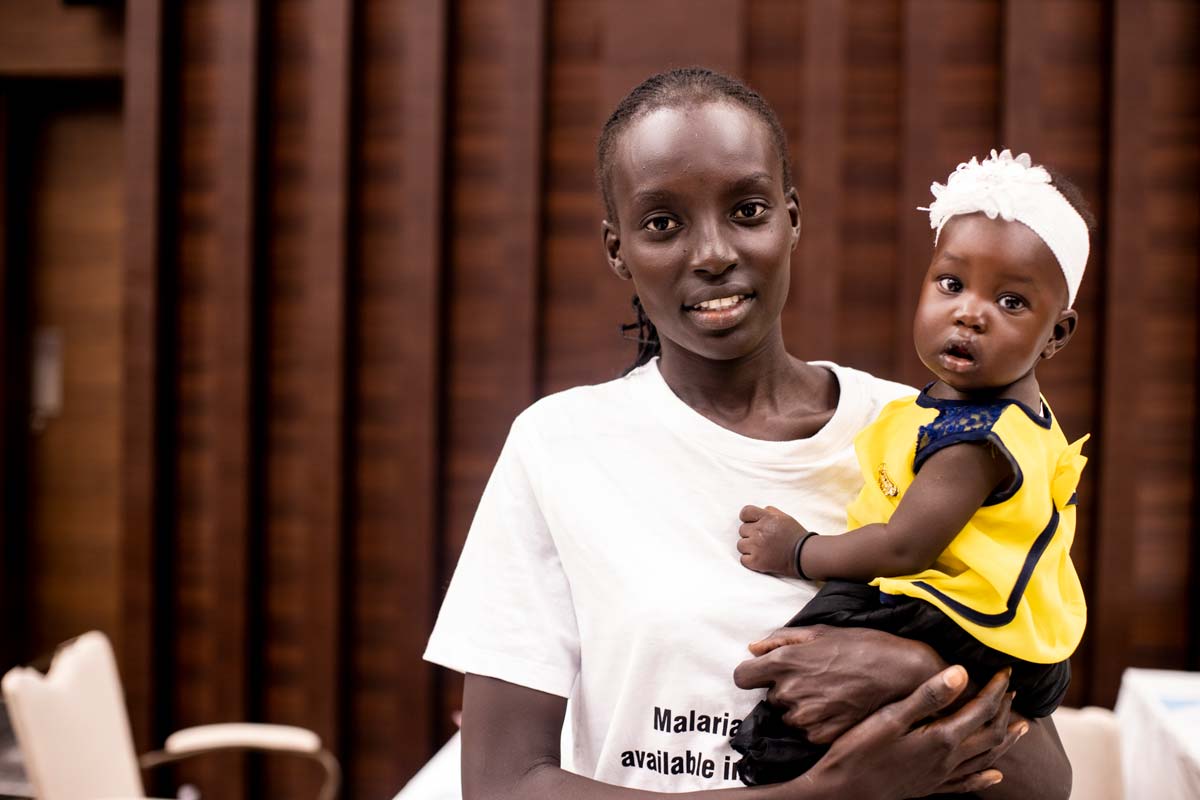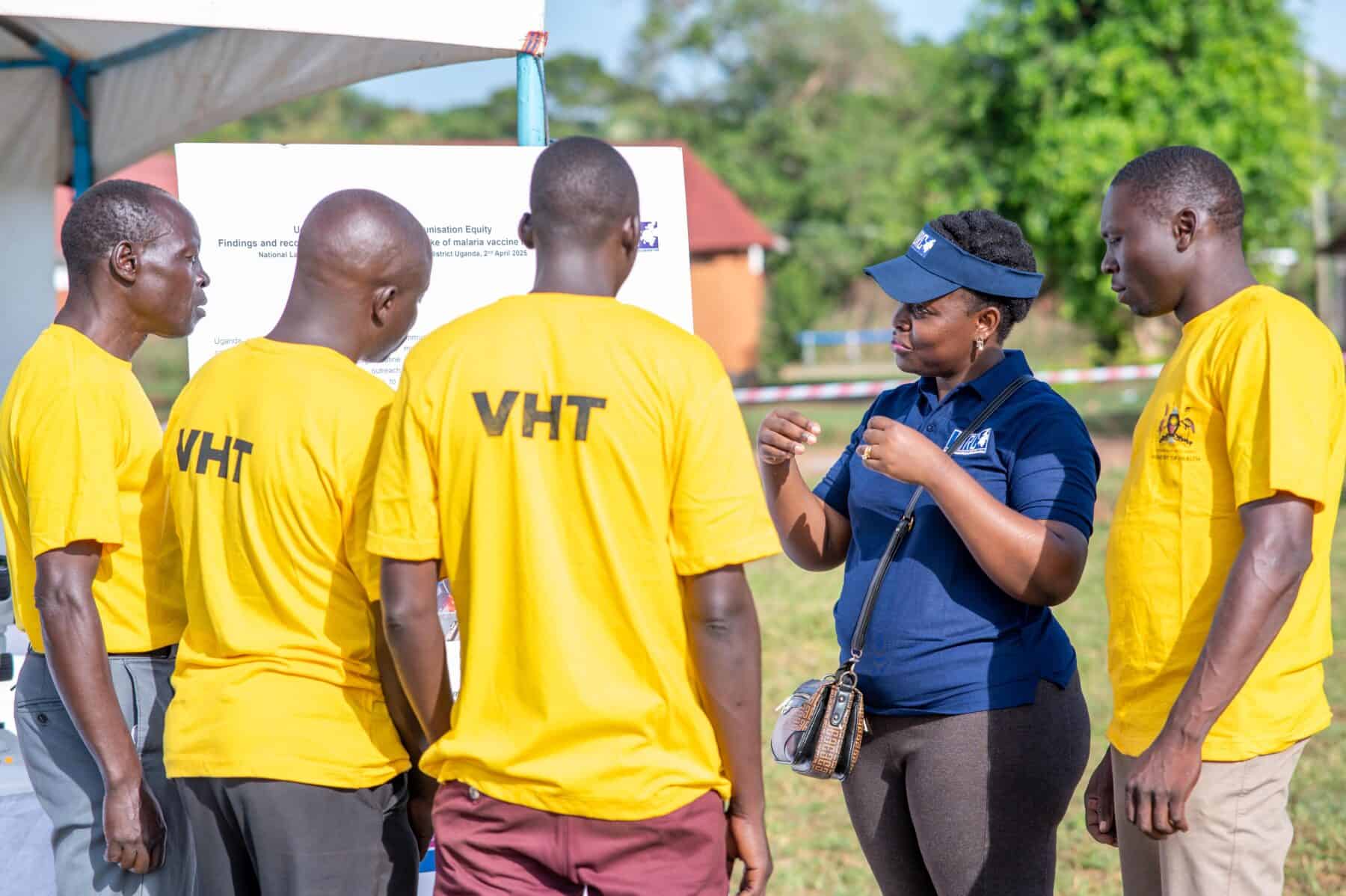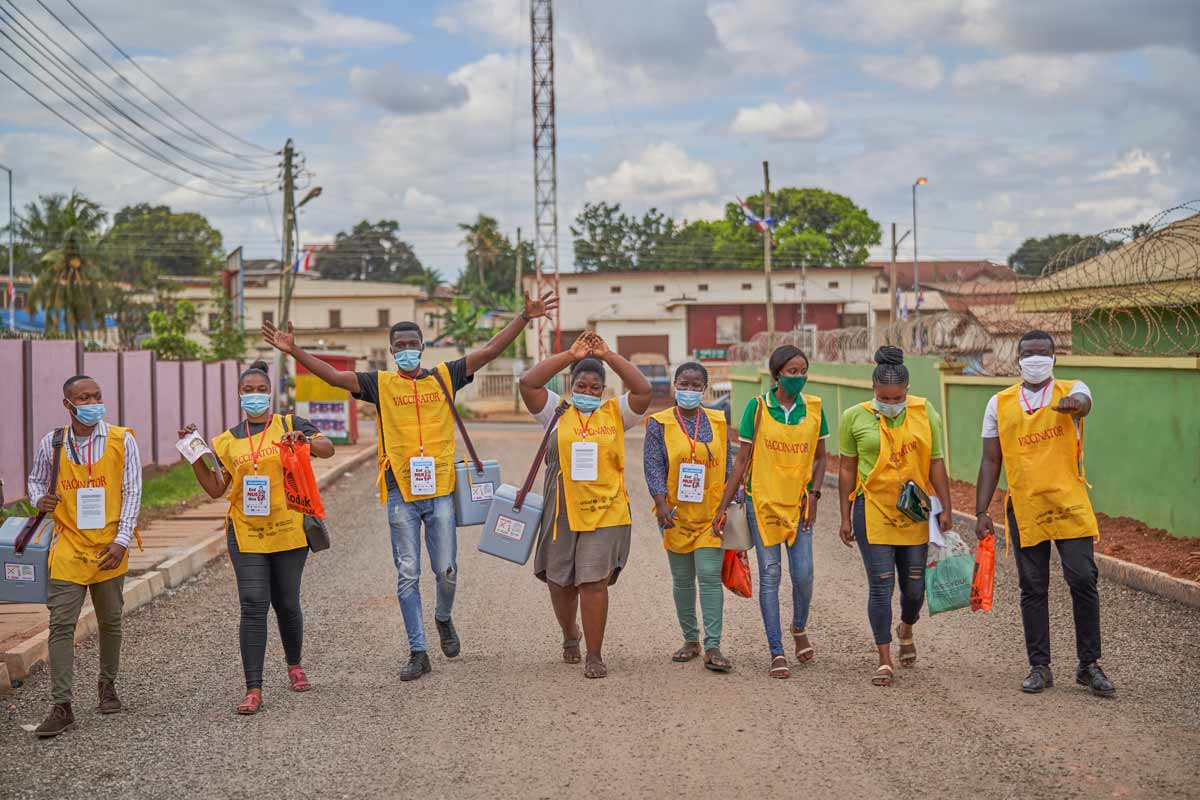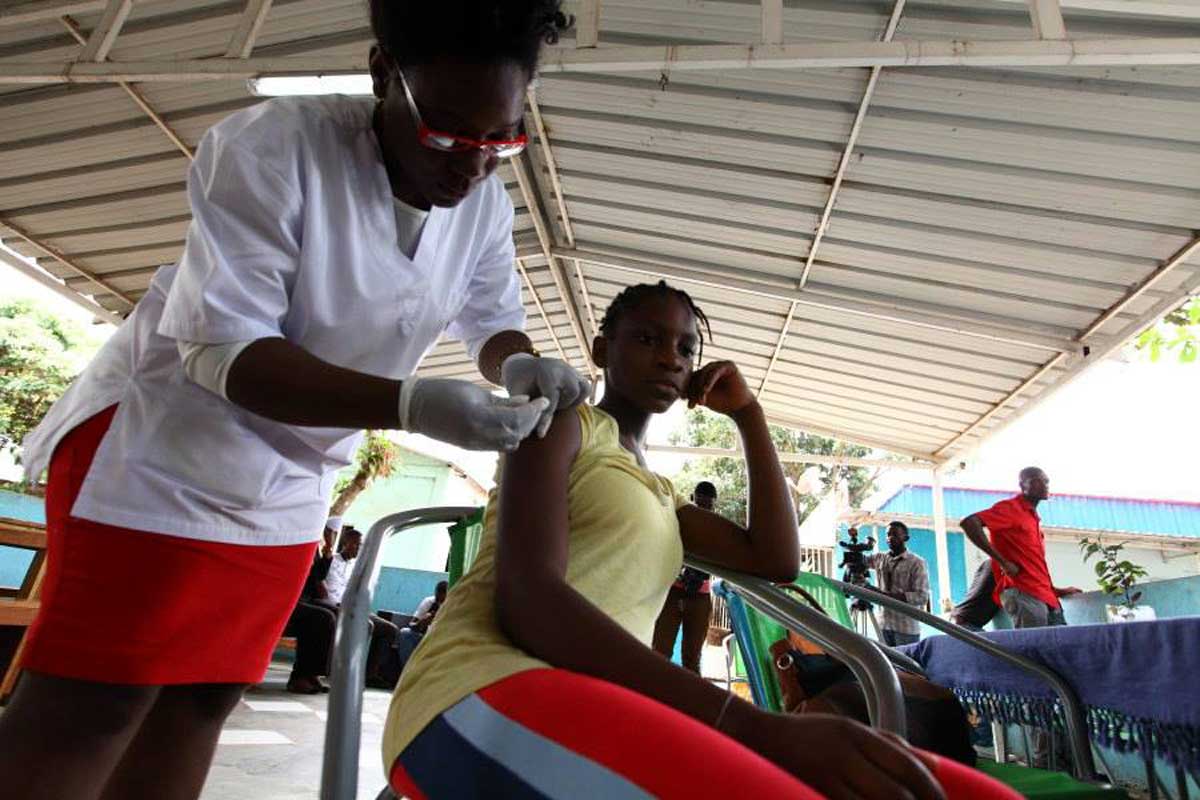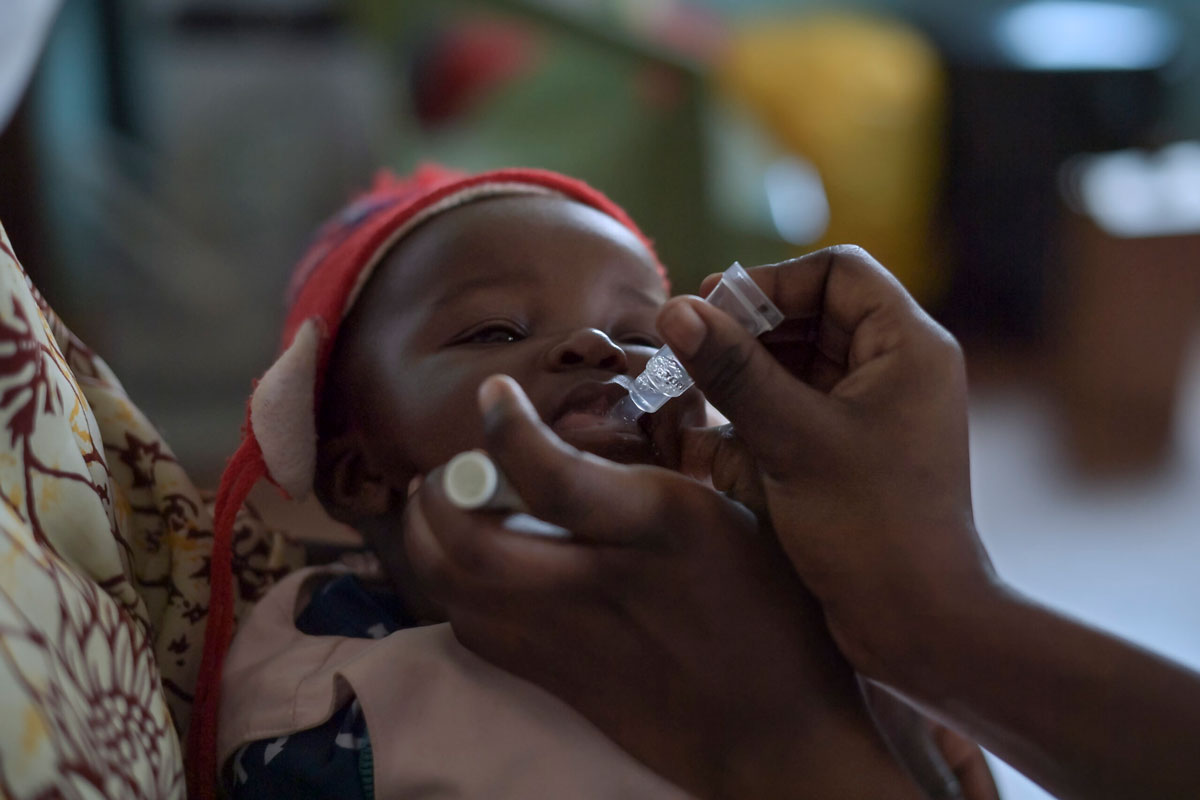New climate report in Khyber Pakhtunkhwa warns of grave health impacts by 2050
As glacial lakes burst their bounds in the Pakistani mountains, a first-of-its-kind report projects millions more people are at risk from diseases linked to climate change.
- 1 April 2025
- 6 min read
- by Adeel Saeed
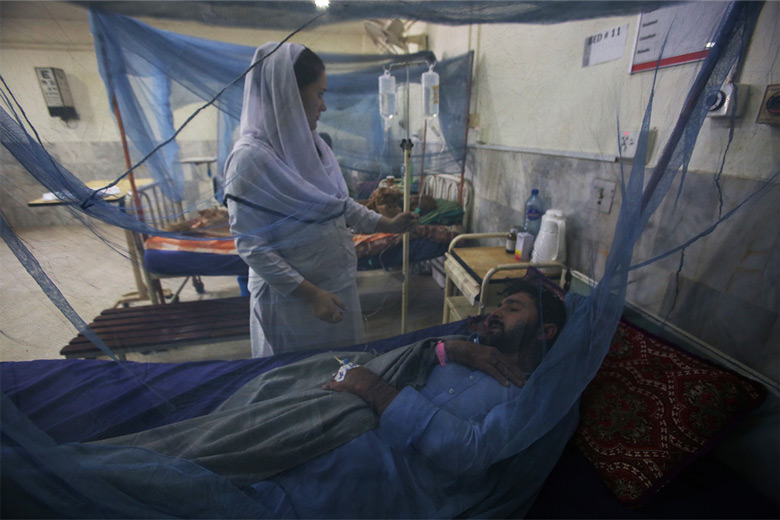
Still wearing the rolled, white woollen cap that is traditional in the Chitral Valley of northwestern Pakistan, Fazle Akbar arrived at the district headquarter hospital in a visibly frail state.
He was running a high fever and complaining of stomach pain, headaches and weakness. His medical records showed that Akbar had already completed a course of antibiotics, prescribed by a local physician, but his symptoms showed no signs of improvement. Doctors advised immediate hospitalisation for further diagnosis and sent his blood and urine samples to a Peshawar laboratory for further analysis.
The test results sparked concern in the health department, as they confirmed the presence of Extensively Drug-Resistant (XDR) Salmonella typhi, a highly resistant strain of typhoid that has been spreading in other parts of Pakistan since 2016.
“Presence of highly resistant typhoid strain is particularly concerning, as such cases are extremely rare and unexpected in the mountainous region,” said Fazle Qadir, Focal Person for the Khyber Pakhtunkhwa Integrated Disease Surveillance and Response (IDSR) system.
But Akbar’s infection didn’t signal the first outbreak of the past year, and experts fear it won’t be the last.
The vulnerability assessment projected that by mid-century, an additional 16–18 million people in KP’s flood-prone districts could face higher risks of water- and vector-borne diseases.
In April 2024, an outbreak had occurred in the Ayun and Arandu areas of Chitral, with scores of patients admitted to hospitals with XDR typhoid infections, Qadir recalled.
Investigations linked reporting of drug-resistant typhoid in Chitral to climate-change induced water contamination, specifically due to so-called glacial lake outburst floods.
These occur when a dam that bounds a glacial lake – typically a natural wall of mixed glacial ice and moraine, or rock and other sediment – fails under pressure.
When the moraine wall bursts, hundreds of millions of cubic metres of water plummet downhill, causing flash floods in communities whose survival is often predicated on the steady, slow release of water from the glacier over the course of the year.
As the planet warms and glaciers melt, these glacial floods are becoming more and more prevalent.
Located in the extreme north of Pakistan, Chitral has 543 glaciers, of which 116 have been declared as sensitive and 10 hyper-sensitive. During the last few years, the area has been hit by several natural disasters, mainly glacial lake outburst floods, claiming scores of human lives and causing colossal damage to infrastructure.

Study confirms climate, disease link
In addition to illnesses like typhoid, whose spread is linked to water contamination, the mountainous regions of Khyber Pakhtunkhwa (KP) are now witnessing the emergence of non-endemic vector-borne diseases such as malaria, dengue and leishmaniasis.
“This alarming shift is largely attributed to rising temperatures, which have created favourable conditions for disease-carrying vectors to thrive in areas previously unaffected by such outbreaks,” observed Amjad Akhtar, a medical entomologist in Chitral District.
The link between climate change and the rising incidence of non-endemic diseases in KP has been validated by Pakistan’s first-ever Climate Health Vulnerability Assessment and Adaptation (CHVA) study.
Launched in September 2024 by the KP Health Department, with support from the Evidence for Health (E4H) programme and funding from the UK’s Foreign, Commonwealth and Development Office (FCDO), the study revealed that KP is experiencing an increase in the intensity, duration and scale of health risks in all 35 districts, due to the impact of climate change.
Have you read?
The vulnerability assessment projected that by mid-century, an additional 16–18 million people in KP’s flood-prone districts could face higher risks of water- and vector-borne diseases.
Khyber Pakhtunkhwa is still grappling with the devastating aftermath of catastrophic floods of 2022. These floods directly impacted more than 4.3 million people in the province, claiming 306 lives and damaging nearly 40,000 houses. Of the province’s 35 districts, 17 were declared “calamity-hit”.
Developed in consultation with over 100 stakeholders, including health officials, disaster management workers, administrators of disaster-prone zones, researchers and academics, the 98-page assessment also projects a 10–20% rise in waterborne and diarrhoeal diseases by 2050.
In the same period, a 30–40% increase in malaria and dengue cases is anticipated, with these diseases spreading into previously unaffected high-altitude areas.

How to climate-proof a health department
“KP is highly vulnerable to climate change, having faced catastrophic floods in 2010 and 2022, along with heatwaves, forest fires, droughts and glacial lake outburst floods,” said Ihtesham Ali, Advisor to the Chief Minister of KP on Health.
The province’s health department is already overburdened, Ali said, primarily due to a sharp increase in vector-borne diseases in recent years: 4,266 cases of dengue were recorded in 2024, as well as 68,000 registered cases of cutaneous leishmaniasis, which is spread by sandflies. More than 500,000 cases of malaria were recorded in 2023 in the immediate aftermath of the devastating floods.
“Following extensive research on climate vulnerability, a Climate Change Health Adaptation Plan was developed in January 2025, which serves as a roadmap for combatting the health effects of climate change,” Ali said.
The plan is intended to meet the climate-related health challenges by, among other policies, securing the establishment of a climate change cell in the health department, Ali told VaccinesWork.
The Climate Vulnerability report also furnishes the KP Health Department with guidance on the seasonal medicines that people in various regions of KP are liable to need.
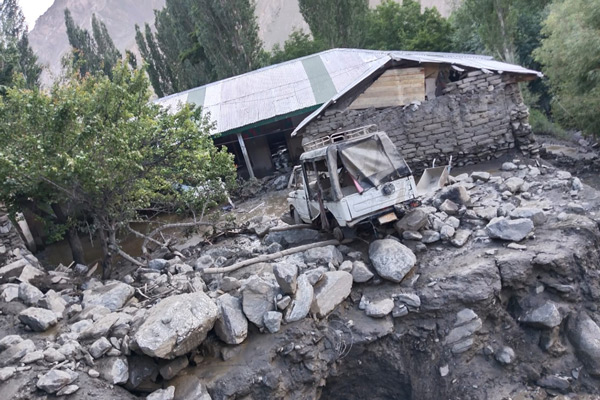
“Previously a universal stock of medicines was procured and distributed across the province, while now we are shifting to a climate-specific approach, tailoring supplies to the unique needs of different regions,” Ali explained.
Significant emphasis is being placed on developing a robust climate resilient health infrastructure to deliver essential health services, including vaccines, to vulnerable areas during climate emergencies.
Efforts are underway to improve storage facilities for medical supplies, particularly vaccines, to withstand varying climatic conditions such as increased temperatures, humidity and extreme weather events.
A digital portal has been launched to get timely information about demand for medicine and vaccines in all Basic Health Units (BHUs), Tehsil Health Unit (THU), a primary healthcare facility and Category D hospitals, Ali added.
“The establishment of a climate cell within Health Department is in progress and very soon we will announce its launch,” said Attahullah Khan, spokesperson for the KP Health Department.
The climate cell will deliver evidence-based guidance to healthcare professionals, ensuring treatment decisions are designed to the regional climate, and its effects on public health. By integrating climate data with medical expertise, the initiative aims to enhance patient care and address climate-related health challenges effectively, Attahullah commented.

Educating the next generation of medics and health leaders
“For reducing the risks of climate change on health, the Khyber Medical University, a leading public research university of Khyber Pakhtunkhwa, designed a specialist module that has been integrated into the Master of Public Health curriculum,” said Dr Maria Ishaq Khattak, Assistant Professor at the Institute of Public Health and Social Sciences.
At the launch of the Climate Change Health Vulnerability Assessment, Vice Chancellor of the University, Dr Zia-ul-Haq, made a commitment to unveiling a climate-specific curriculum for health practitioners too, Dr Khattak told VaccinesWork.
The course will be offered as a module for preparing future professionals to tackle the health risks posed by climate change. “The Climate Health Vulnerability Assessment is not just a technical report, it’s a call to action for protection of more than 1.5 million vulnerable population of the province,” emphasised Dr Mahwish Hayee, a public health specialist and co-author of the report.
As Pakistan faces continuous threats of climate-induced disasters due to its vulnerability, inaction in adaptation and mitigation will not only lead to increased mortality and disease burden, but will also exacerbate social and economic inequalities. This will disproportionately impact the most vulnerable communities, according to Dr Hayee.


